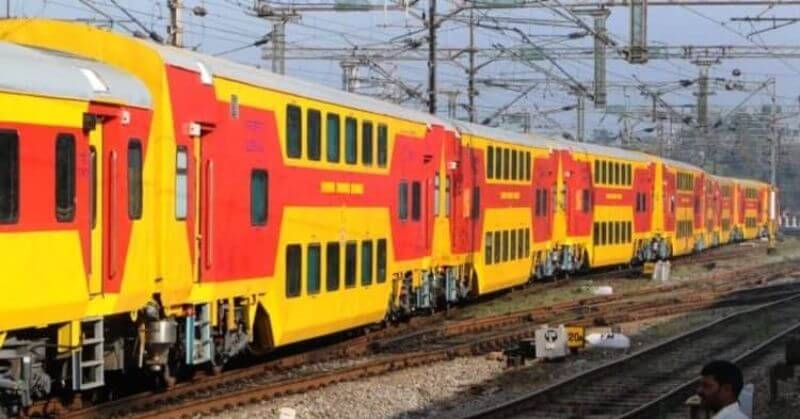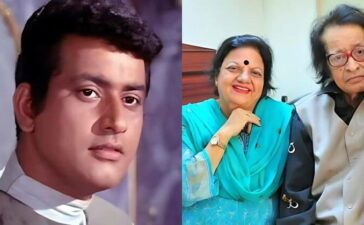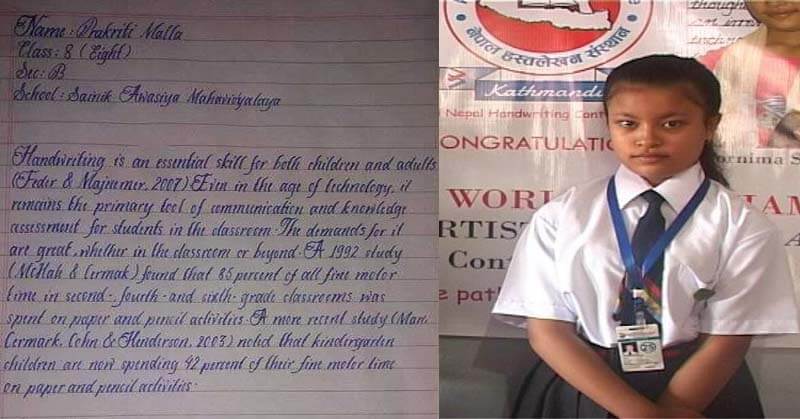Indian Railways is among the top five largest railway networks in the world. Every day, millions of passengers travel via trains. Indian Railways manages over 7308 stations, catering to about 13000 trains carrying over 20 million passengers daily. Indian Railways has evolved tremendously over the years. From high-speed luxury trains, double decker trains to local commuter services, the Indian Railways manages more than 7,308 stations that cater to about 13,000 trains daily carrying upwards of 20 million passengers.
There are Vande Bharat Express, Rajdhani, Duranto, Tejas, and more, called the fastest trains in India. But did you know that India’s first double-decker train wasn’t a part of modern services like Duronto, Rajdhani, or Tejas Express? The story of India’s first double-decker train goes back over four decades, and it’s not what you’d expect.
India’s First Double Decker Train: ‘Flying Ranee Express’
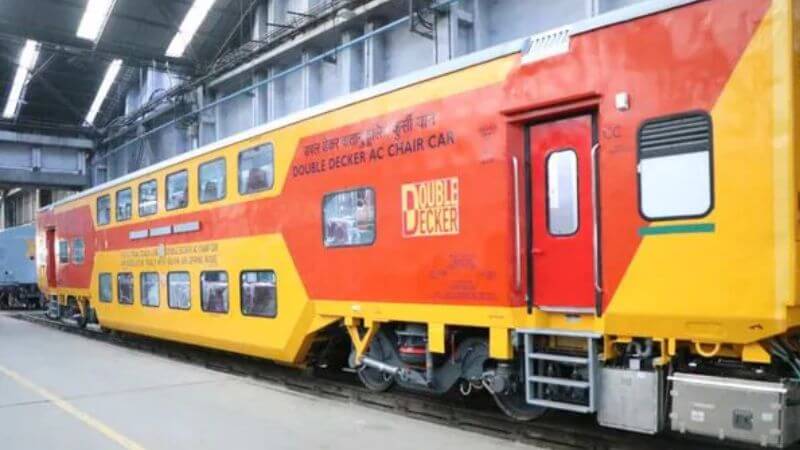
On December 18, 1979, the Flying Ranee Express became India’s first train with double-decker coaches. The train was operated from Mumbai Central to Surat, covering 263 km in about 4 hours and 40 minutes. With growing passenger demand, Indian Railways introduced double-decker coaches to increase capacity and make travel more convenient for daily commuters.
When Flying Ranee first got its double-decker train upgrade, it had second-class non-AC coaches, each capable of seating 148 passengers. The new-level design allowed 29% more passengers to travel at once, making it a popular choice for those commuting between Mumbai and Surat.
Why Was It Called Flying Ranee?
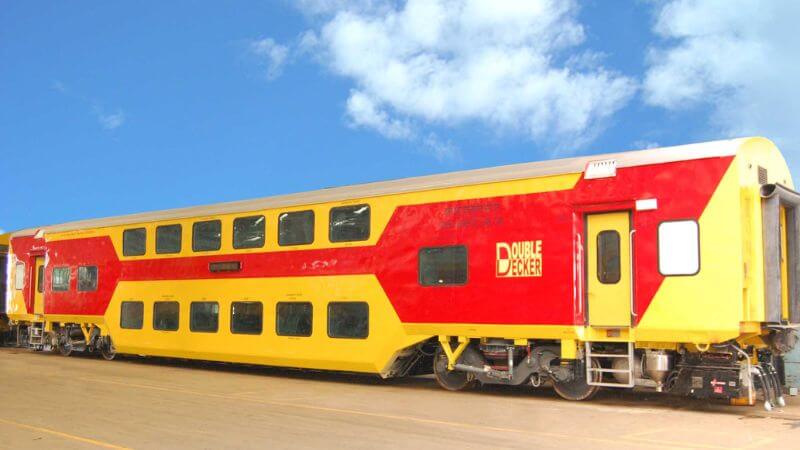
The name Flying Ranee dates back to 1906 when the Indian Railways introduced the first train to connect Mumbai and Surat. However, during World War II in 1939, the service was discontinued. It made a comeback in 1950 and later became India’s first double-decker train in 1979.
For over four decades, this express train ran with double-decker coaches, but in July 2023, these were removed. The reasons behind this were:
- The train was upgraded to Linke Hofmann Busch coaches, which are safer and more comfortable compared to the older double-decker coaches.
- Instead of double-decker train coaches, Indian Railways introduced AC chair cars, second-class reserved seating, and dedicated ladies’ coaches.
- Double-decker coaches required more maintenance and had some operational challenges.
Current Flying Ranee Express Has No Double Decker Coach
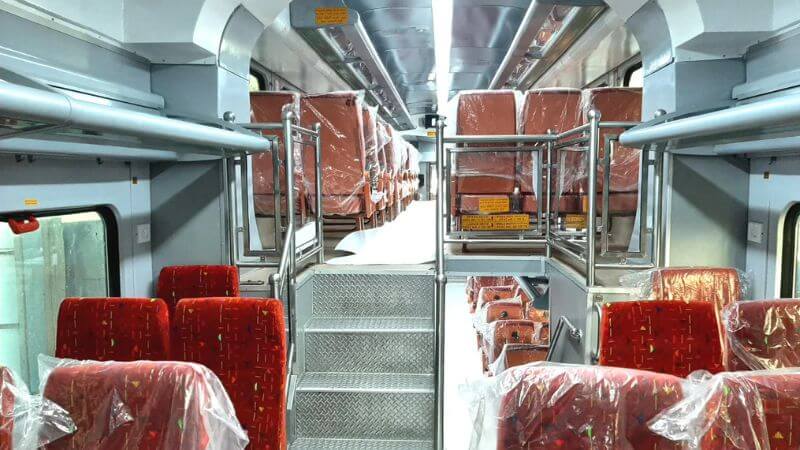
After its upgrade, the Flying Ranee Express now operates with single-deck LHB coaches, which include:
- 2 AC Chair Car Coaches
- 7 Reserved Second-Class Seating Coaches
- 6 General Second-Class Coaches
- 1 Ladies-Only General Coach
- 1 Coach for First-Class MST Pass Holders
- 1 Coach for Second-Class MST Pass Holders
- 1 Ladies-Only MST Coach
- 1 Seating-cum-Luggage Coach
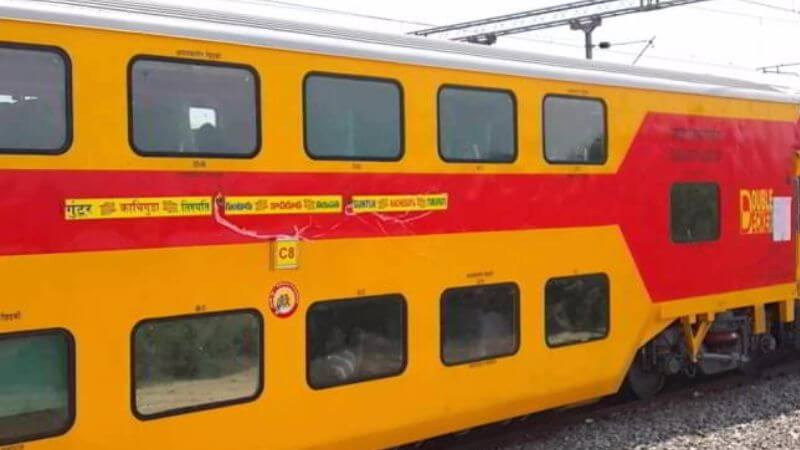
Though the double-decker version of the Flying Ranee Express train is no longer in service, it remains a historic milestone in Indian Railways’ journey. It proved that high-capacity rail travel could be both affordable and efficient. Today, Indian Railways operates modern double-decker dreams like Uday Express, Shatabdi, and Tejas Express, but the legacy of Flying Ranee — the train that started it all — lives on.
Follow Us: Facebook | Instagram | X |
Youtube | Pinterest | Google News |
Entertales is on YouTube; click here to subscribe for the latest videos and updates.


